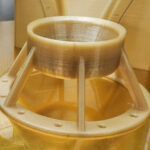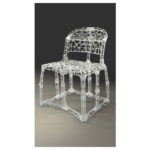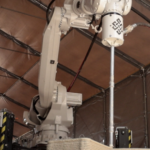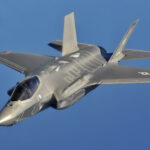Looking for a material with high strength, high purity and resistance to solvents and acids? Polyvinylidene difluoride (PVDF) might be what you are looking for. Recent research has shown PVDF’s electroactive nature makes it possible to make fully functional 3D printed sensors. This guide provides everything necessary to get started with printing PVDF.
Quick jump to:
What is PVDF?
PVDF’s are thermoplastic fluoropolymers that are chemically stable and synthesized by the polymerization of vinylidene difluoride. They have piezoelectric and pyroelectric properties due to their intrinsic ferroelectric formulation.
Even though the benefits of PVDF in the field of electrical and piezoelectricity have been studied since the 1970’s, the combination of PVDF and 3D printing is still in its infancy.
PVDF properties and applications
PVDF has a lower melting point compared to other thermoplastics like PTFE and due to its high crystallinity and surface tension, PVDF shows very low values of permeation when compared to other fluoropolymers.
Parts made out of PVDF show higher resistance to organic acids and minerals, alcohols and halogenated solvents, aliphatic and aromatic hydrocarbons.
The use of PVDF’s can be found in many industries ranging from Oil & Gas industries to Automotive and Military but also in chemical processing and Petrochemical industries.
Applications:
- Sensors and actuators.
- Filtration and separation equipment
- Pyroelectric and laser beam profile sensors
- Filters/separators in lithium ion batteries
- Wire insulation and cable jacketing in electronics industry
- Seals, gaskets and lining
PVDF’s are often used in the field of sensors and actuators because they have piezoelectric and pyroelectric properties. This means PVDF’s generate a voltage when deformed (stretched or compressed) or heated at its melting point. Due to its high dielectric constant PVDF’s are also used in cable/wire isolations.
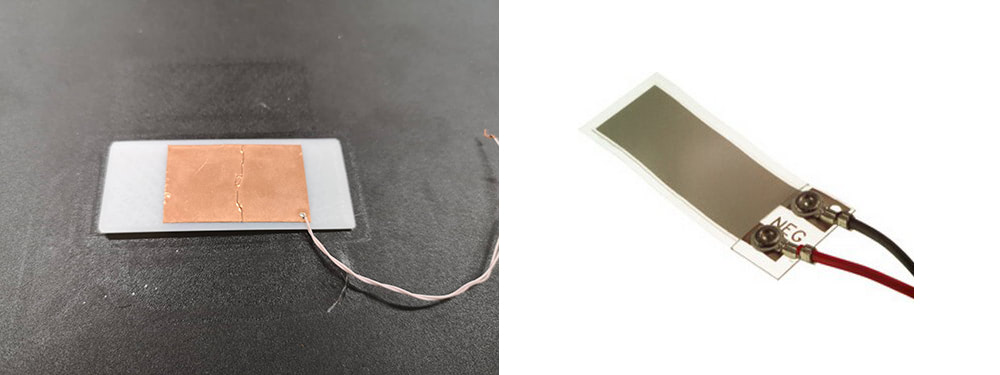
Recent research from the Kaunas University of Technology in Lithuania has shown that 3D printed PVDF’s display piezoelectric behaviour under different loading conditions. This opens up a range of new design possibilities for sensors.
Printing PVDF
PVDF filament is relatively difficult to print because it has a narrow print parameter window. PVDF tends to warp quit a bit so in order to get good results, you should use the tips below.
Print speed
As often the case when printing specialty materials, you’ll get the best results when printing PVDF at a slow pace.
Print surface adhesive
Warping is caused by material shrinkage during the curing and/or cooling of a part. Therefore, the build surface needs to be either treated with Kapton tape or Dimafix pen/spray,
Dry your filament
PVDF filament is sensitive to moisture / humidity changes. Therefore it’s recommended to dry PVDF before use. Dry it at 40°C for at least an hour before printing.
- Extruder temperature: 230°C – 240°C
- Print bed temperature: 75°C – 90°C
- Layer height: 50 Microns
- Print speed: 20 mm/s (the lower the better)


